Guest post by Tori Blakeman, Technicians Make It Happen.
Our country’s 1.5 million technicians are the linchpins of the economy. We rely on technicians day-to-day and they are crucial to the success of many of our country’s future-growth areas, including the aerospace, chemical, digital, engineering and manufacturing industries. Despite their diverse skills being critical to the UK’s performance in the global business arena, we are facing a growing skills shortfall.
The Technicians Make it Happen campaign, led by The Gatsby Charitable Foundation, is trying to rectify this. The campaign is raising awareness and perceptions of the role technicians play in driving the UK economy to encourage and inspire young people, their teachers and parents, to consider the benefits of a career as a technician.
The campaign highlights the numerous exciting roles technicians hold through case studies of technicians from diverse industries including music, gaming, aerospace, film, automotive, fashion and more.
Many inspiring women technicians from an array of industries are celebrated in the campaign. Here are just four of them:
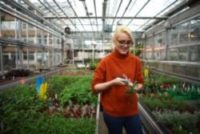 Sally is a Horticultural Technician at Cambridge University Botanic Gardens. She grows specimens for the University’s cutting edge plant science experiments.
Sally is a Horticultural Technician at Cambridge University Botanic Gardens. She grows specimens for the University’s cutting edge plant science experiments.
Yao is a Senior Quality Assurance Manager at Kolak Foods. She is responsible for quality control of the various food products Kolak produce, including popcorn, and manages the analytical laboratory.
 Dhanisha is a Laboratory Technician at Newcastle University. She provides lab support to a multi-university research project into psoriasis, whilst maintaining the lab and teaching lab techniques to new students.
Dhanisha is a Laboratory Technician at Newcastle University. She provides lab support to a multi-university research project into psoriasis, whilst maintaining the lab and teaching lab techniques to new students.
Emma is an RAF Instructor. She teaches new RAF recruits about hydraulics and how to work with engines.
Technicians Make it Happen is successfully bringing technicians into the spotlight. To explore more technical careers, or to find out more about the campaign, visit the website, or follow @Technicians_mih on Twitter.
If you know an inspirational technician, or you are a technician yourself, why not tweet us @FindingAda with the hashtag #techniciansmakeithappen to tell us how technicians make it happen in your life.
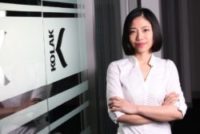
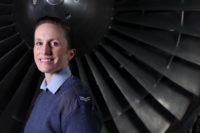

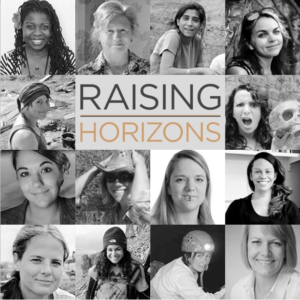
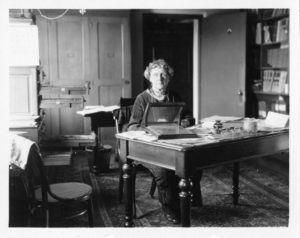
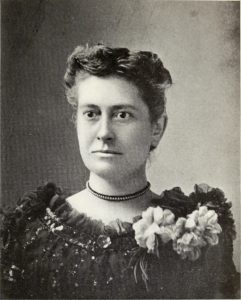
![Mary Somerville [Fairfax]. Lithograph after J. Phillips. Credit: Wellcome Library, London. Wellcome Images images@wellcome.ac.uk http://wellcomeimages.org Mary Somerville [Fairfax]. Lithograph after J. Phillips. Published: - Copyrighted work available under Creative Commons Attribution only licence CC BY 4.0 http://creativecommons.org/licenses/by/4.0/](https://findingada.com/wp-content/uploads/2016/08/Mary-Somerville-portrait-Wellcome-240x300.jpg)